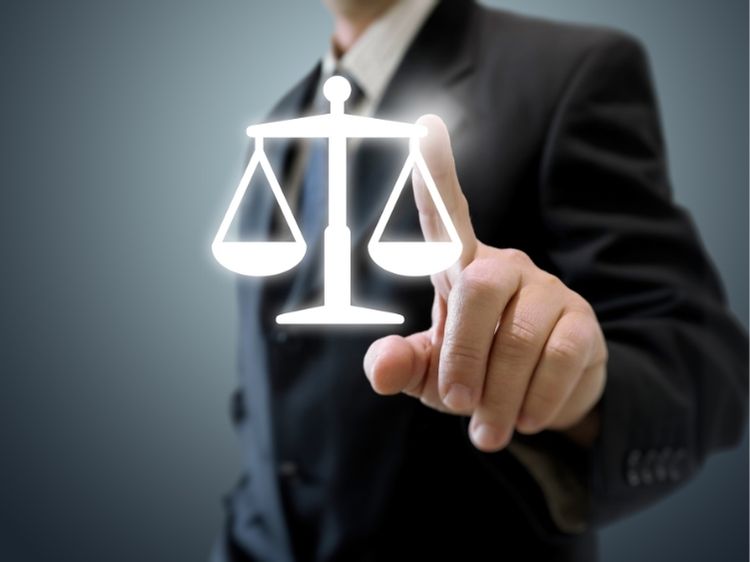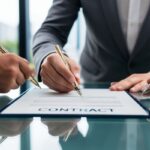Negligence plays a pivotal role in a products liability action. When consumers purchase a product, they expect it to function safely and as intended. However, when a product fails to meet these expectations and causes injury or harm, it may result in a products liability claim, where negligence is often the central focus.
In this article, we’ll break down what constitutes negligence in a products liability case, explore the legal standards, and discuss how to pursue a claim when a product has caused harm. Whether you’re a consumer or a business owner, understanding these principles can help you navigate the complexities of liability actions.
What Is Products Liability?
Before diving into the role of negligence, it’s crucial to understand what a products liability action entails. Products liability refers to the legal responsibility manufacturers, distributors, suppliers, and retailers have when their products cause harm or injury. These cases typically fall into three categories: defective manufacturing, defective design, and failure to warn.
Each of these categories addresses a different way a product can be unsafe, but negligence must often be proven for a successful claim.
Focus Keyword: Negligence in a Products Liability Action
Negligence occurs when one party fails to exercise reasonable care, leading to another party’s harm or injury. In a products liability action, the plaintiff must prove that the manufacturer or seller was negligent in the design, manufacturing, or distribution of the product, which directly caused their injuries.
This brings us to an important question: What exactly constitutes negligence in a products liability action?
Proving Negligence in a Products Liability Case
Negligence claims in products liability cases generally revolve around the standard of care. The injured party must show that the manufacturer or other responsible parties failed to meet the appropriate standard of care during the product’s creation or distribution process. There are a few key elements that the plaintiff must prove in such a case:
- Duty of Care: The defendant (usually the manufacturer or seller) had a duty to provide a safe product to consumers.
- Breach of Duty: The defendant breached that duty by failing to take reasonable steps in designing, manufacturing, or distributing the product.
- Causation: The breach of duty must be the direct cause of the injury. The plaintiff must prove that the defect in the product directly caused the harm.
- Damages: Finally, the plaintiff must show that they suffered actual damages, whether physical injury, emotional distress, or financial loss.
The Role of Reasonable Care in Negligence Claims
A central concept in proving negligence in a products liability action is reasonable care. The court will often assess whether the manufacturer took all necessary precautions to ensure the safety of their product. For example:
- Did the manufacturer conduct thorough tests to ensure the product’s safety?
- Were there any known defects or issues that were ignored or not addressed in a timely manner?
- Did the manufacturer provide adequate warnings or instructions about the potential risks associated with the product?
If the answer to any of these questions is no, then the manufacturer may have breached their duty of care.
Strict Liability vs. Negligence: What’s the Difference?
It’s also important to distinguish between negligence and strict liability in products liability cases. Under strict liability, the plaintiff does not need to prove negligence but simply that the product was defective and caused harm. Strict liability is often applied in cases involving inherently dangerous products, where a defect alone is enough to hold a manufacturer responsible.
However, negligence focuses on the actions (or lack thereof) of the manufacturer. The plaintiff must demonstrate that the manufacturer did not act reasonably in ensuring the safety of the product. This can be a more complex and challenging standard to meet than strict liability, but it’s a common approach in many products liability actions.
Examples of Negligence in a Products Liability Action
To better understand negligence in a products liability action, let’s look at a few real-world examples:
1. Automobile Defect
Imagine a car manufacturer produces a vehicle with faulty brakes. Despite receiving multiple complaints from consumers, the manufacturer delays recalling the vehicles. A driver’s brakes fail while on the highway, leading to a severe accident. In this case, the manufacturer may be liable for negligence, as they failed to act promptly to address the defect and prevent harm.
2. Defective Child’s Toy
A toy company designs a product for toddlers that contains small, detachable parts. The parts pose a choking hazard, but the company fails to include adequate warnings on the packaging. A child is injured as a result. Here, the toy manufacturer could be held liable for negligence for not providing sufficient warnings about the potential danger.
3. Faulty Medical Device
A medical device company produces a defective pacemaker that malfunctions after implantation. If the manufacturer knew about the defect and did not take steps to fix it or warn healthcare providers, the injured patient may be able to file a negligence claim, holding the manufacturer accountable for their inaction.
Defenses to Negligence Claims in Products Liability
Manufacturers and sellers facing negligence claims in products liability cases often raise certain defenses. These defenses aim to limit or eliminate their liability. Some common defenses include:
- Comparative Negligence: The defendant may argue that the plaintiff’s own actions contributed to the injury. For example, if a consumer improperly used the product despite clear instructions, this could reduce the defendant’s liability.
- Assumption of Risk: In some cases, the defendant may claim that the plaintiff knew the product was dangerous and chose to use it anyway. For instance, a person who knowingly uses an expired product may have assumed the risk of harm.
- State-of-the-Art Defense: The defendant may argue that the product met the highest standards of safety and technology available at the time of manufacturing, thus negating the negligence claim.
FAQs About Negligence in Products Liability Action
Q: What’s the difference between negligence and strict liability in products liability cases?
A: In strict liability cases, the plaintiff doesn’t need to prove negligence but only that the product was defective. In negligence cases, the plaintiff must show that the manufacturer failed to exercise reasonable care in designing, manufacturing, or distributing the product.
Q: Can a seller be liable for negligence in a products liability case?
A: Yes, sellers can be held liable if they knowingly sold a defective product or failed to provide proper warnings about potential hazards associated with the product.
Q: How long do I have to file a negligence claim in a products liability case?
A: The statute of limitations varies by state, but generally, plaintiffs have a limited time to file a claim, typically between two to four years from the date of injury or discovery of the defect.
Conclusion
Understanding negligence in a products liability action is essential for both consumers and manufacturers. Proving negligence requires showing that a duty of care was breached and that this breach directly caused harm. While negligence cases can be complex, they play a crucial role in holding companies accountable for their products.
If you’re seeking reliable and thorough reviews across various industries, you’re in the right place. For sports enthusiasts, the comprehensive reviews of top sports websites can guide you in choosing the best platforms to follow your favorite games. If you’re interested in a broader range of sites, the comprehensive reviews of leading websites provide valuable insights into several niches.
Real estate investors or homeowners will find the ultimate guide to home and real estate websites essential for navigating the complexities of buying, selling, or managing property. Similarly, those in the legal field will appreciate the comprehensive reviews of legal websites, offering a detailed look at features, content quality, and user experience.
For health-conscious individuals, the website reviews for health and wellness can guide you toward the best online resources for maintaining a healthy lifestyle. Engaged couples can explore the wedding niche websites reviewed to find the best planning resources. Meanwhile, those interested in finances will benefit from the review of loan niche websites, which simplifies loan-related decisions.
When it comes to insurance, the top insurance niche websites offer a wealth of information on finding the best coverage. Travelers will find best travel niche websites helpful for planning their next adventure, and business owners can turn to reviewing business niche websites for expert advice on maximizing their digital presence.
Fashion enthusiasts, automotive buffs, and parents can respectively dive into fashion niche websites reviewed, automotive niche websites, and baby niche websites reviews. Animal lovers and tech aficionados are also covered, with detailed guides on the best animal niche websites and technology websites to explore.





